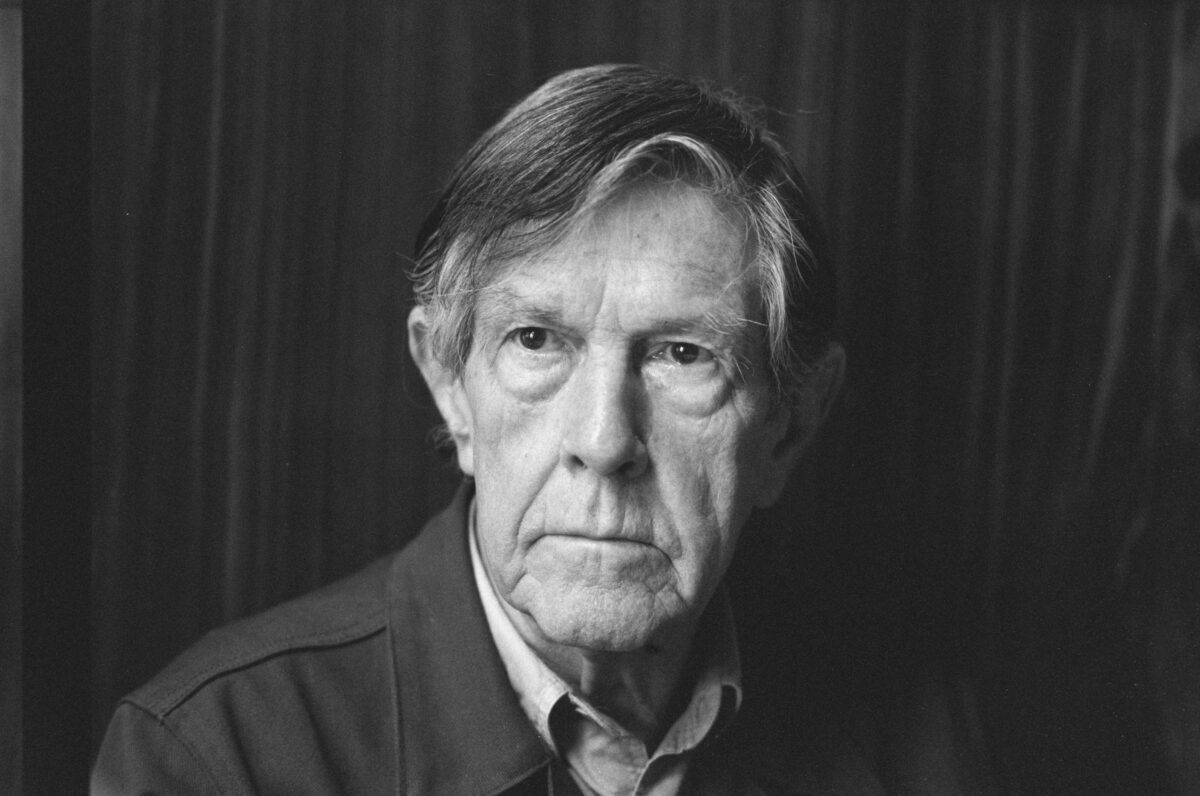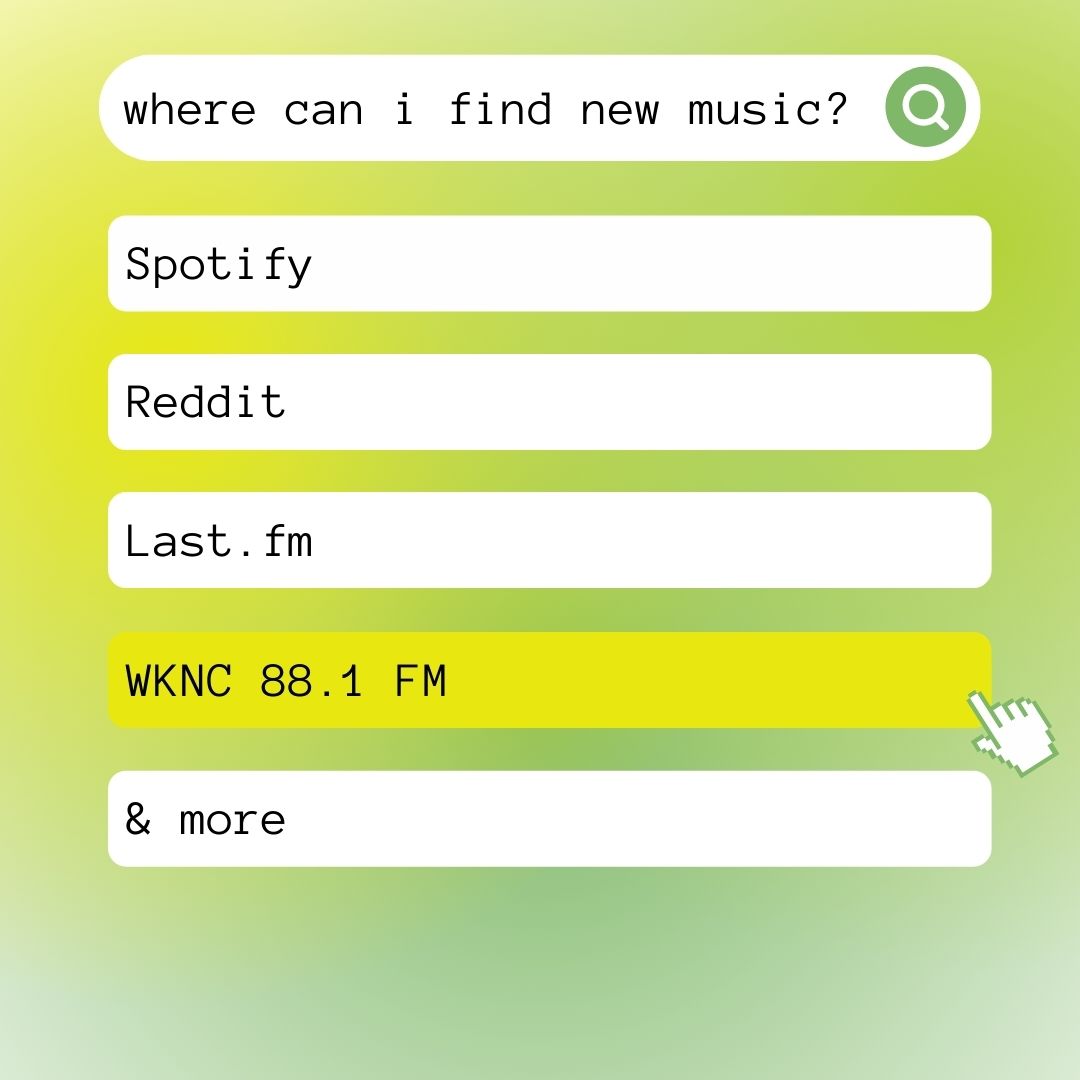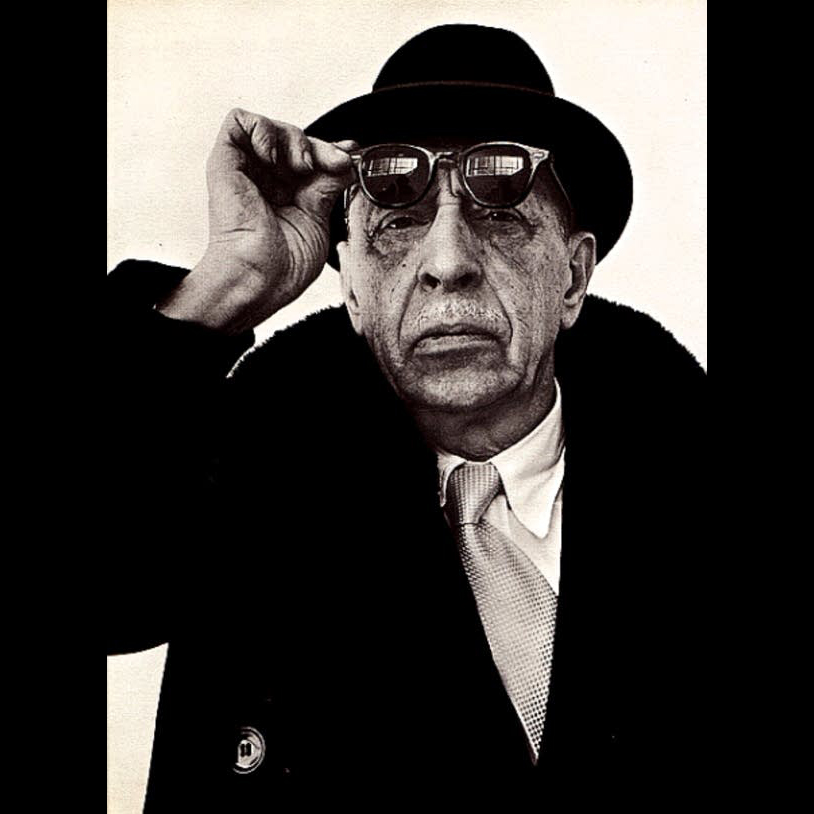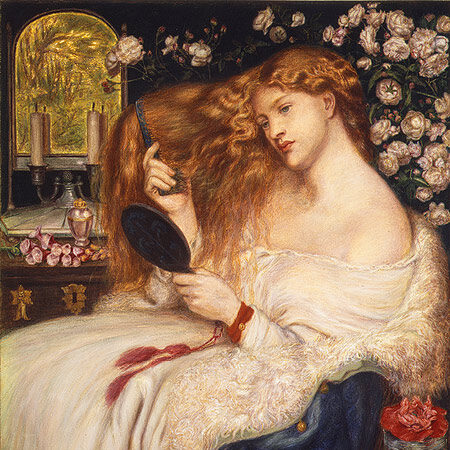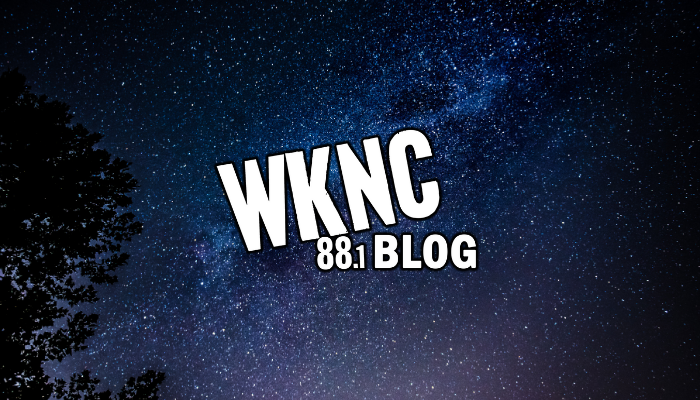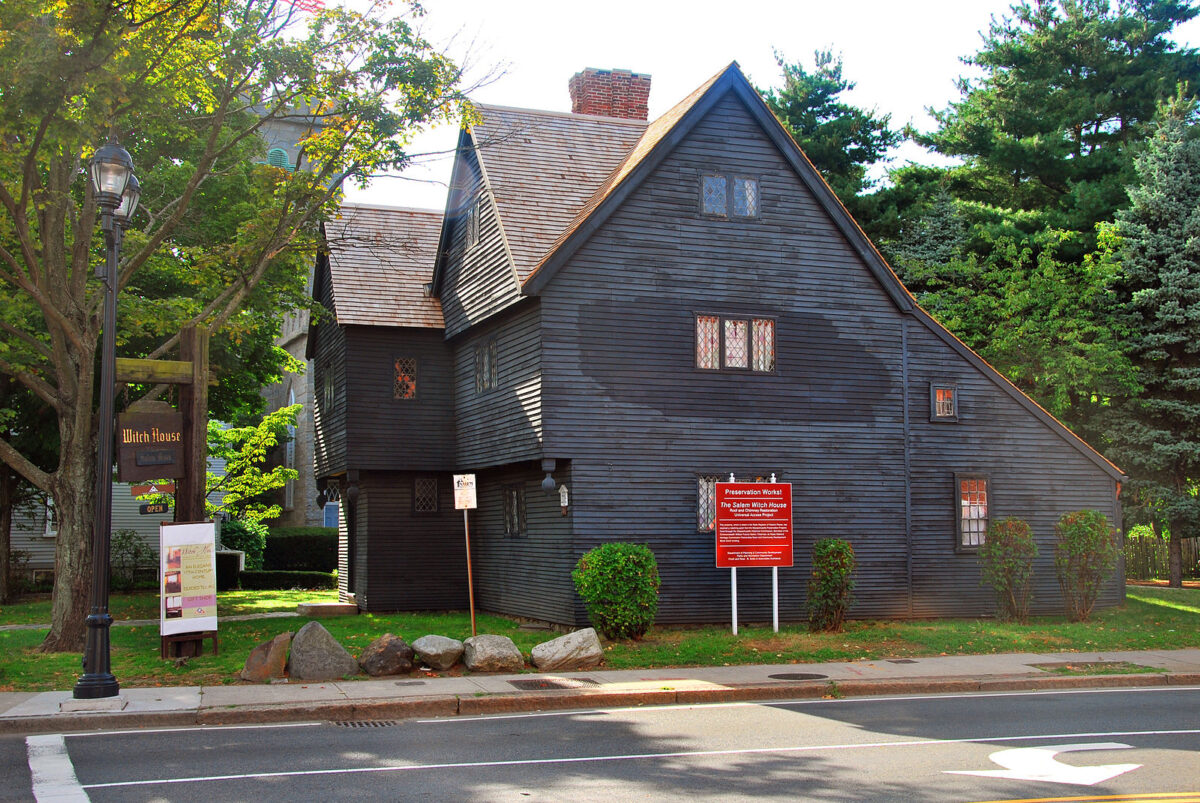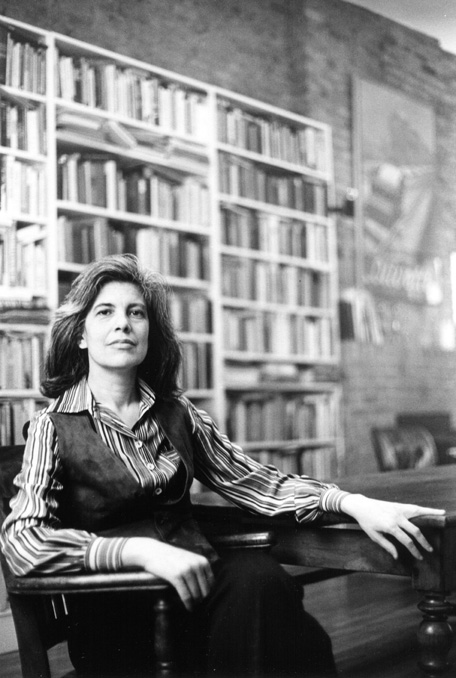Sometimes, I get in a rut and feel like I’m tired of all of the music I like. I know I’m not alone in this, so I’m going to share with you all of the different methods and mediums I use to find new music.
ONLINE
Last.fm
Last.fm is compatible with most streaming services and can keep track of all of your streams (or as they call them, “scrobbles”) across platforms.
The platform is pretty much designed to recommend different artists and bands to you. The home page suggests artists similar to the ones you listen to, and will even recommend specific tracks for you to listen to.
There are dozens of ways to find new music on Last.fm, and I often use it as a tool to build sonically coherent sets as a DJ for WKNC.
CONS: The mobile app is glitchy and is not robust like the site is, however the site is compatible on mobile devices, so I would recommend just using the site rather than the app.
Spotify
Spotify also is constantly recommending music to you. Whether it be via playlists like “Discover Weekly,” “Daily Mixes,” artist/song radios or genre-specific mixes, Spotify definitely leans heavily into recommending music to it’s users.
Even when making playlists, Spotify will recommend songs for you to add, based on the general vibe of the playlist you’ve set so far.
CONS: The algorithm can and will recommend a lot of the same songs over and over again. There have been many people online who note that Spotify recommends “So Hot You’re Hurting My Feelings” by Carolina Polacheck over and over again.
Reddit
There are a bunch of subreddits for specific genres, artists/bands, it’s just a matter of finding the right ones. This platform requires more digging than the previous two, but if you find groups that pique your musical interests, you should join them.
CONS: It takes some pretty active searching for subreddits that align with what you’re looking for.
WKNC
At WKNC we pride ourselves on playing a variety of different music. If you like indie, rock, electronic, hip-hop, R&B and/or local music, then you’re in luck. DJs and Music Directors work hard to provide the best of the best for our listeners. If you’re interested in finding out when your preferred genre(s) are playing, check out the HD-1 and HD-2 schedules. You can tune into HD-1 and HD-2 on our web-stream and the Radio-FX app. HD-1 is available on all FM radios within range, and HD-2 is accessible via HD radio.
IRL
Ask your friends
People listen to a lot of different music. I have found numerous different artists, bands, and songs just by asking for recommendations from my friends.
Pay attention to soundtracks
There have been many times I’ve discovered a song because it was played in a movie or TV show. If there’s a song playing in the background that show you love and it actually kind of rocks, use Shazam to find out what song it is.
Live music
If there are venues by you that you know you love to go to, check out who’s playing there soon. Tickets for smaller artists are usually cheap, and you never know, they could be your next favorite band. If you don’t have the time, money, or energy to go to live-shows all the time you can use this tip as a search-engine of sorts. Find out who’s playing at your favorite venues, and then stream their stuff to see if you like it.
At the end of the day, music is everywhere, we just have to keep an eye out for it.
Until next time,
Caitlin

